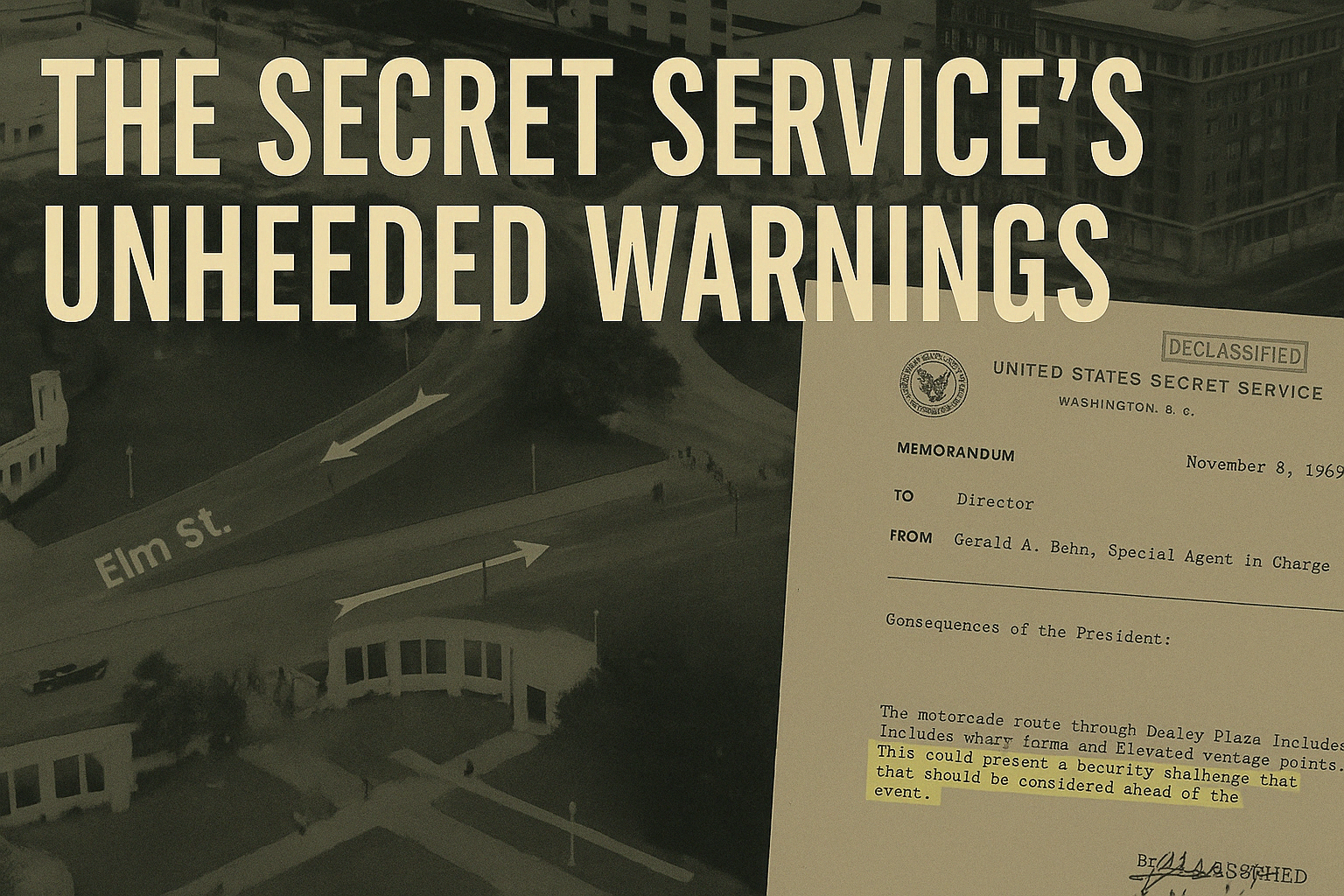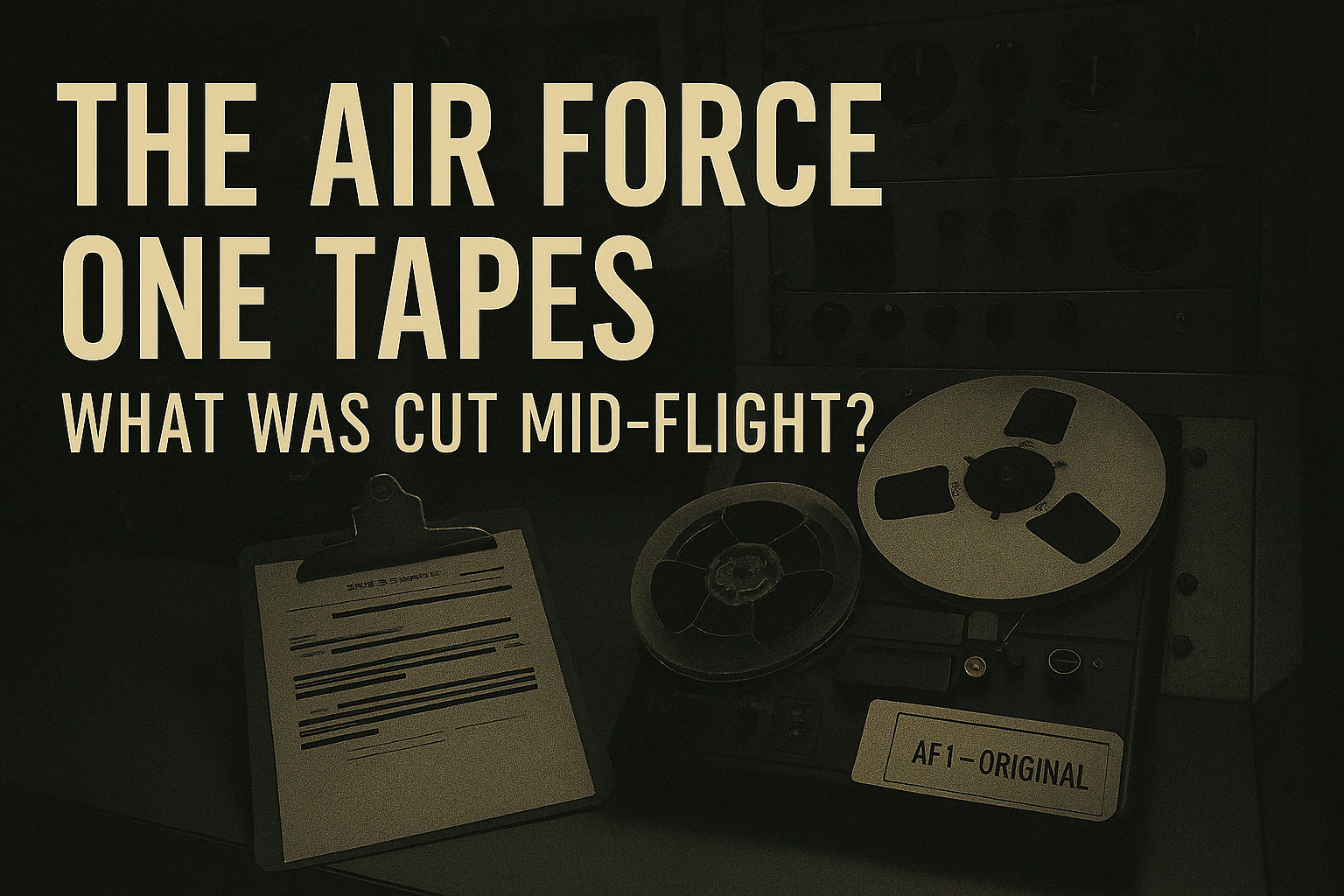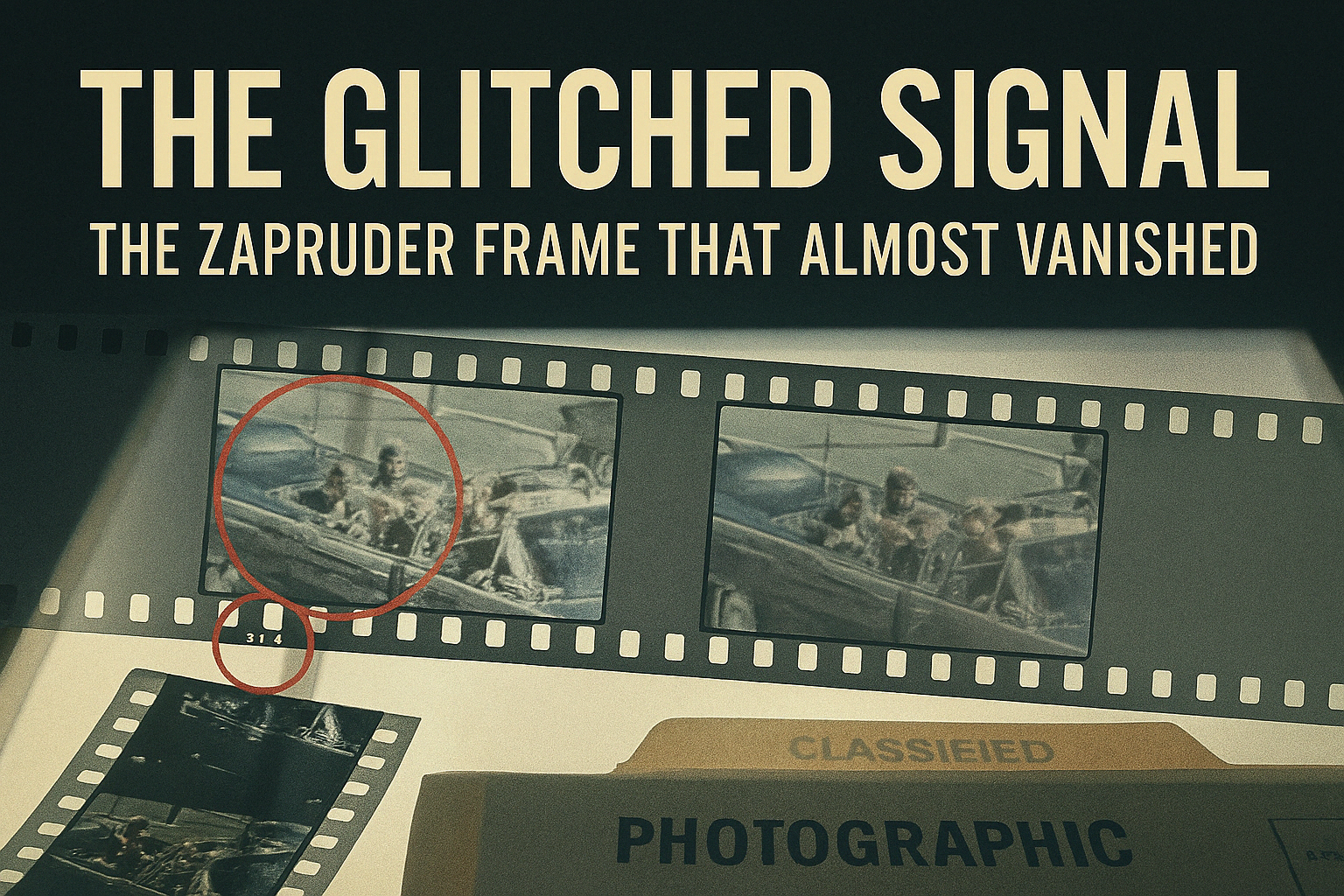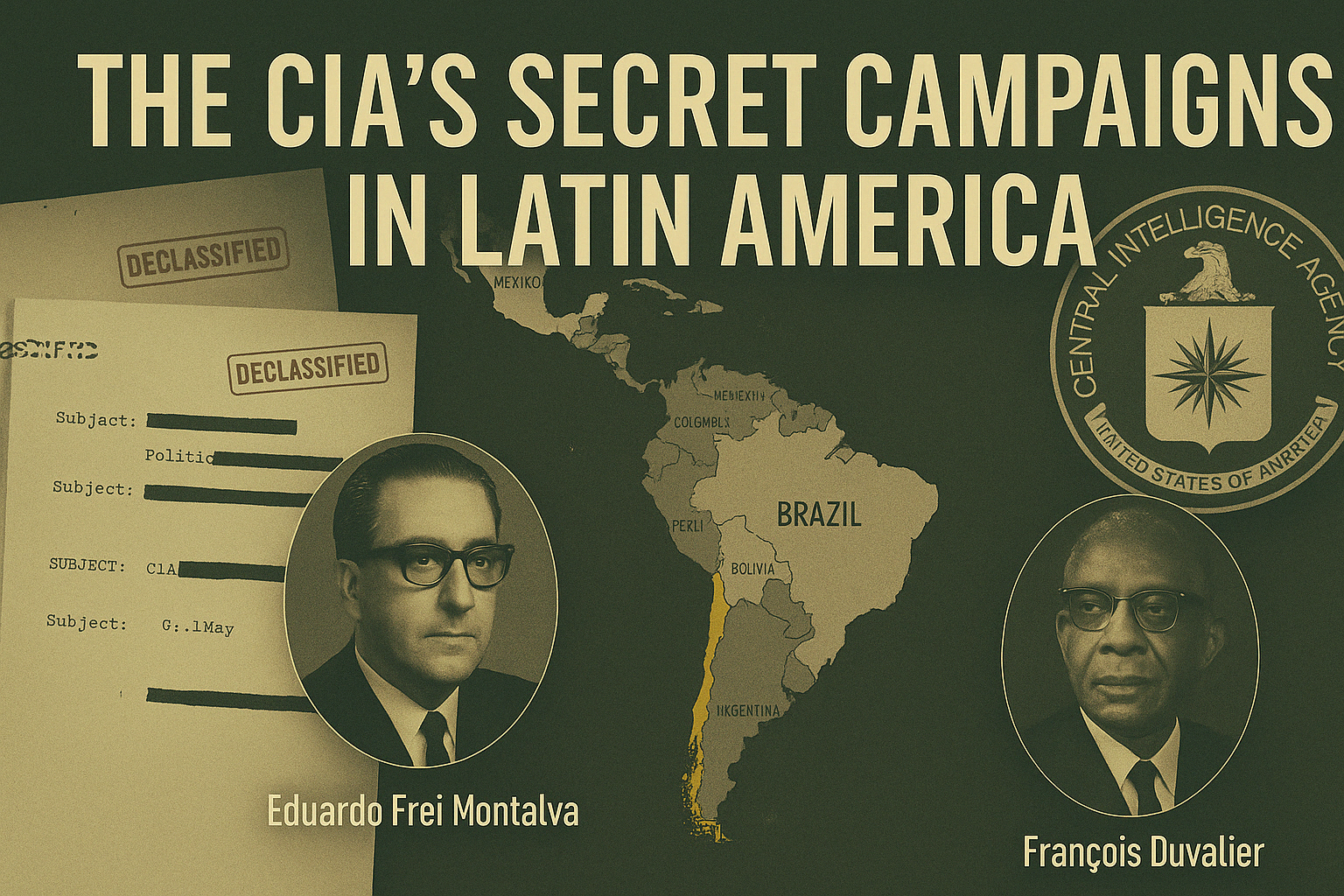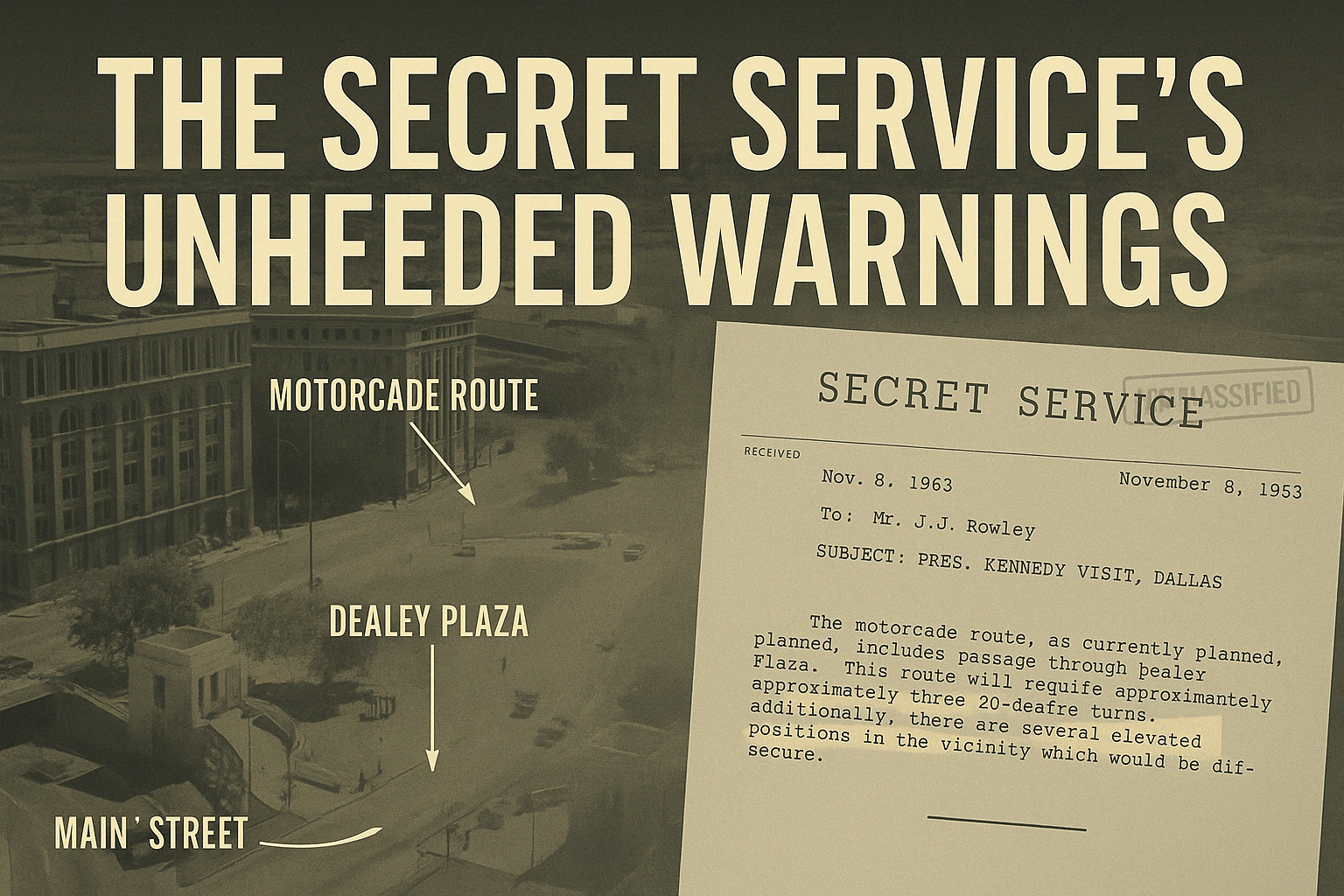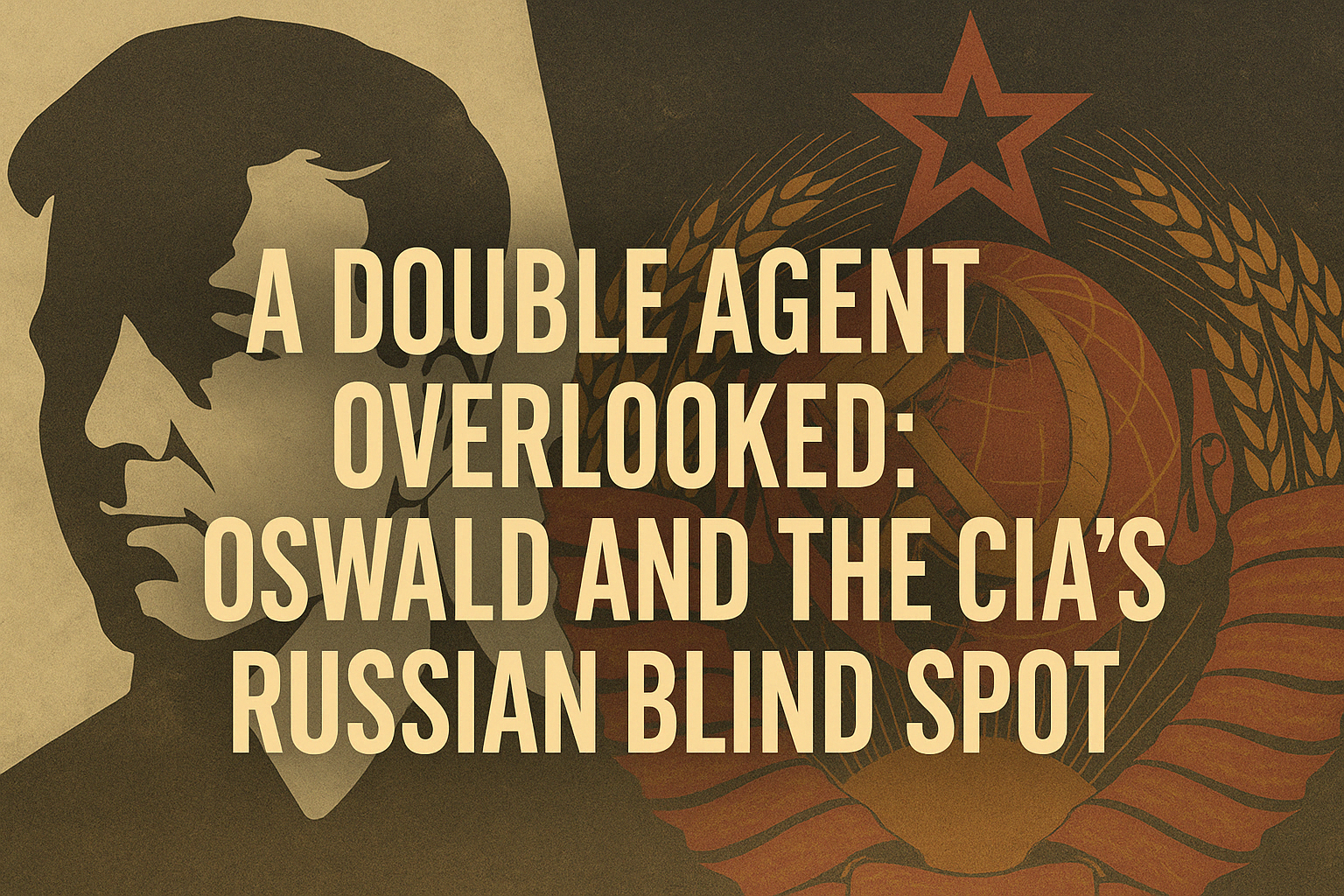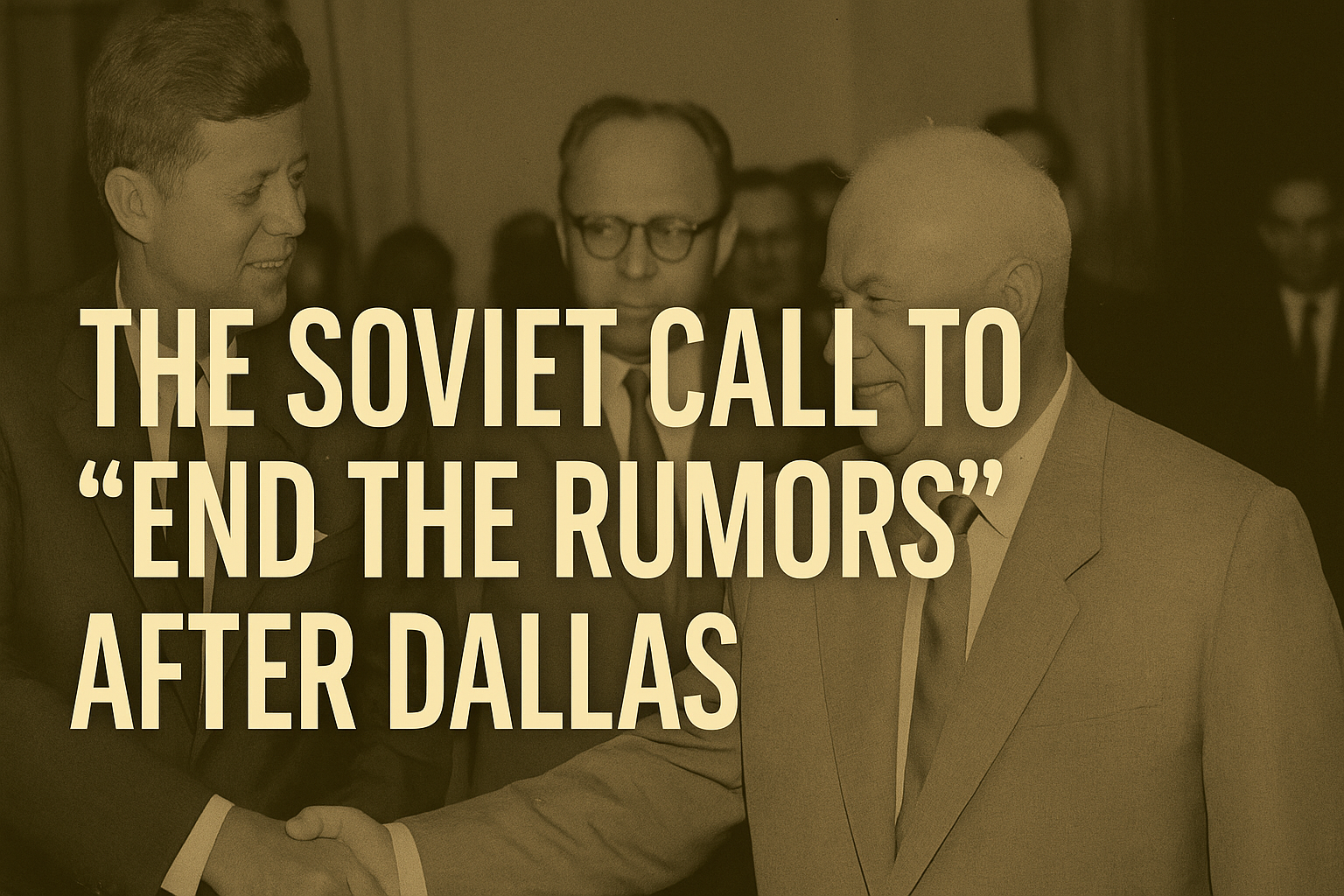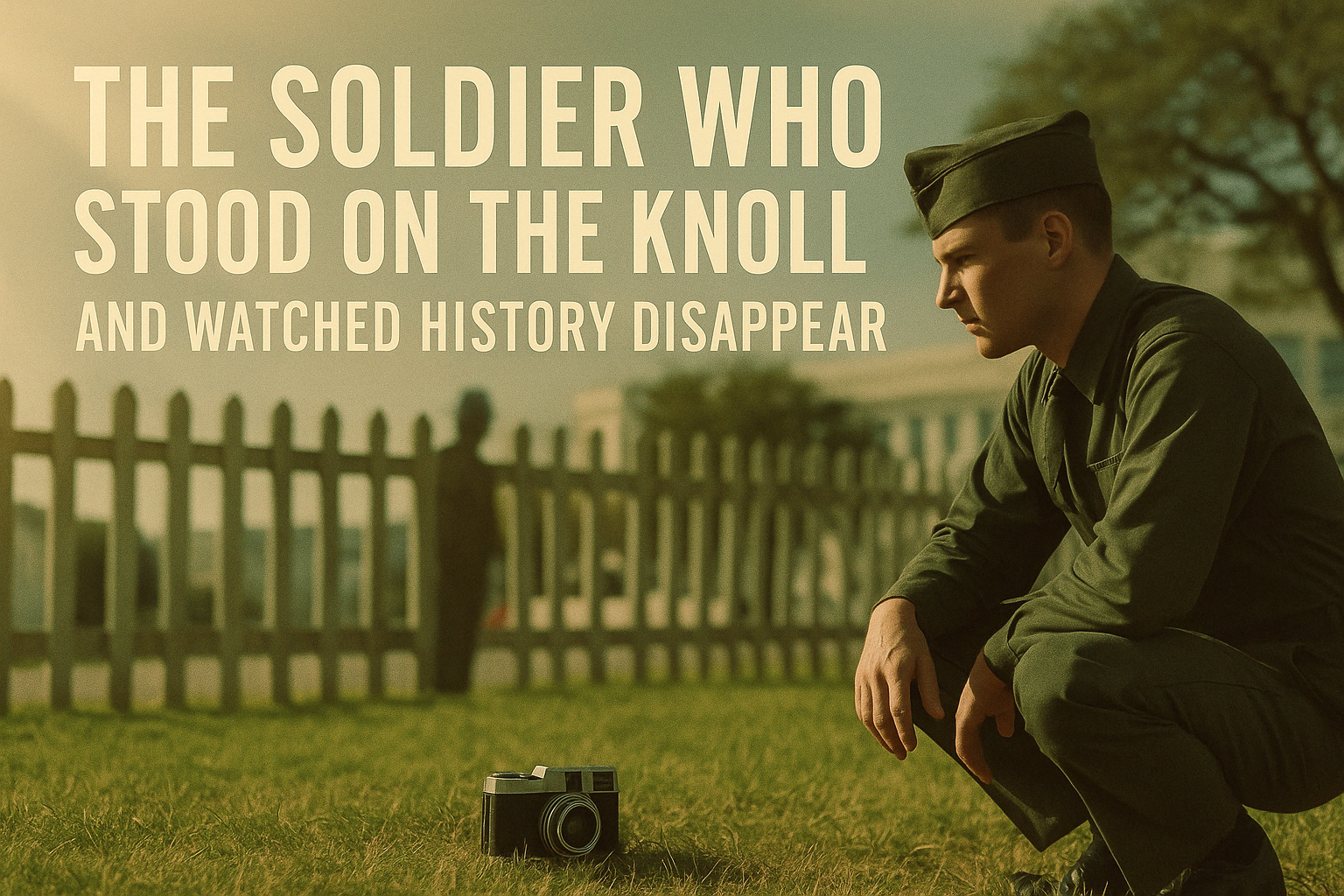Among the trove of documents released in 2025, a series of Secret Service memos from early November 1963 reveal that agents had expressed concerns about the security arrangements in Dallas.
These warnings, however, were not acted upon, raising questions about lapses in presidential protection protocols.
🕵️♂️ Early Concerns About Dallas
A memo dated November 8, 1963, from Special Agent in Charge Gerald Behn to Secret Service Director James Rowley, highlighted potential risks associated with the Dallas motorcade route.
Behn noted that the planned route included sharp turns and elevated positions that could pose security challenges.
“The motorcade’s path through Dealey Plaza includes multiple 90-degree turns and passes by buildings with open windows, which are difficult to secure.”
Despite these concerns, the route was not altered, and no additional security measures were implemented to address the identified vulnerabilities.
🛑 Ignored Recommendations
Further correspondence from November 12, 1963, reveals that Agent Behn recommended deploying additional agents and coordinating with local law enforcement to secure rooftops and windows along the motorcade route.
However, records indicate that these recommendations were not fully implemented.
“Given the unique layout of Dealey Plaza, it is imperative to have agents positioned at elevated vantage points to monitor potential threats.”
The lack of action on these recommendations has been a point of contention among historians and security experts analyzing the events leading up to the assassination.
📁 Implications of the Oversight
The newly released documents suggest that the Secret Service had identified specific risks associated with the Dallas motorcade but failed to take adequate measures to mitigate them.
This oversight has fueled discussions about the effectiveness of presidential security protocols during that era.
While the documents do not indicate any malicious intent or conspiracy within the Secret Service, they highlight a series of missed opportunities to enhance the President’s safety.
🧩 A Pattern of Complacency?
The 2025 files also include internal reviews conducted after the assassination, wherein agents acknowledged a degree of complacency in their security assessments. One report states:
“There was an underestimation of the threat level in Dallas, leading to standard procedures being deemed sufficient without considering the unique challenges presented by the motorcade route.”
These admissions underscore the need for continuous evaluation and adaptation of security measures, especially when dealing with high-profile events in varying environments.
